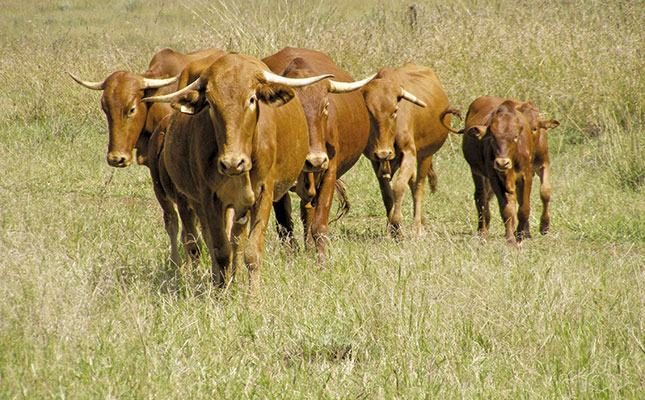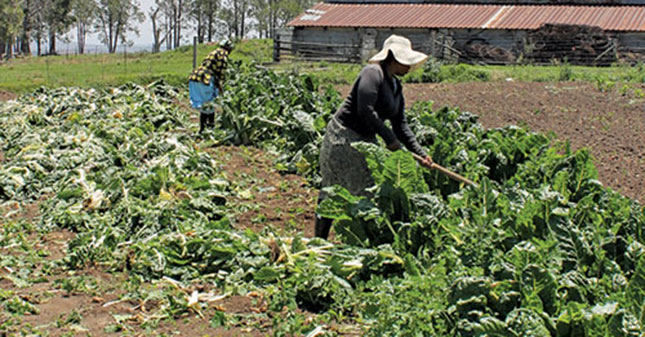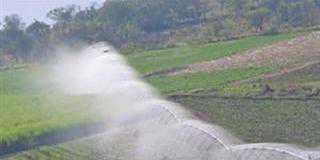
Photo: Annelie Coleman
What is traceability?
Traceability is a mechanism that keeps track of the route that beef (or any meat) takes from the farm to the consumer’s plate. This means that if a consumer buys a steak, for example, he or she can ascertain the specific farm where the cattle were farmed, the farming practices and health regime that were used, and the feedlot and abattoir that the animals were sent to. This allows the consumer to make informed choices.
READ:Why choose mutton and lamb?
South African consumers are not yet fully aware of the benefits of a traceability system. So it is heartening that an organisation such as the SA National Consumer Union is starting to push for the system to be available here.
Traceability will also go a long way towards combating the spread of diseases such as trichomoniasis and vibriosis as the movement of cattle will be monitored.
Does the current red meat classification system in South Africa provide for the implementation of a traceability system?
No. The classification is based on the age and fat content of a carcass. The only people currently benefiting from the local classification system are the feedlotters and supermarkets. The latter do not indicate the grade of the meat on their shelves. But even if they did, consumers would find it difficult to understand.
The classification system also forces producers into a single channel marketing system via the feedlots. More than 70% of all the cattle slaughtered in South Africa are from feedlots. The system doesn’t provide for factors such as tenderness, marbling and taste.
Marbling is important and should be brought into the equation as soon as possible because to a large degree it determines taste.
How will red meat producers benefit from the implementation of the system?
The demand for high-quality, naturally produced beef is on the increase globally and all the role players in the local value chain should work together to obtain a share of the market.
If we could get effective traceability structures and a supply chain in place, nothing would stop us from exporting high-end quality beef to Asia and Europe, which would mean more money in South African producers’ pockets.
The current economic realities of red meat production in South Africa are such that profitability is increasingly compromised – the rise in production costs exceeds the rise in income.
At the moment, South Africa does export red meat – to Mauritius, for example – but this is on a very small scale. The current export market consists mainly of red meat cuts. If we had a traceability system in place, we could start exploring markets such as China and India and the possibility of exporting carcasses instead of cuts.
Producers’ profit margins are tight at the moment mainly because of their dependence on the feedlot industry. A traceability system would afford them the opportunity to pursue alternative markets.
What is the impact of traceability on the red meat value chain in its current form?
I foresee that the red meat market will be divided into three different levels. The first would provide expensive cuts for more discerning consumers in the higher financial echelons as well as the export market.
The second level would provide for the increasing middle class. The third would accommodate the large group of consumers who buy the cheaper cuts. The middle class and their growing spending ability bodes well for producers.
The increasing demand for naturally produced beef stands to benefit our indigenous cattle breeds because of their genetic composition, which allows producers to market high-quality meat from the veld. Feedlots tend to discriminate against these breeds and some have stopped buying indigenous weaners altogether.
This threatens the viability of farming with these breeds. The global demand for naturally produced beef could push up profit margins substantially in the production of breeds such as the Nguni and Afrikaner.
South Africa is blessed with outstanding, well- adapted indigenous cattle, sought-after for their low maintenance, high-quality meat and ability to be marketed from the veld. It’s this last trait, unfortunately, that makes them less suitable for feedlot finishing as they put on fat much earlier than some of the British and European breeds. The ability to mature and put on fat earlier is an asset that few breeds have and should not be underestimated by studs and commercial breeders.
Who is responsible for the development and implementation of a traceability system?
The Agricultural Research Council has developed a group traceability system and should be responsible for its implementation and management. South Africa needs a uniform and sustainable system with the state as its custodian.
The system should also provide for the nearly 4,5 million cattle in communal areas. It should include cattle, sheep, pigs and goats. Livestock breeders’ societies should also become part of the implementation and management of traceability through their technical services and technical advisors.
South Africa cannot afford to drag its feet any longer in this regard and should start working on the implementation of a traceability system as a matter of urgency.
Email Prof Frikkie Neser at [email protected].
This article was originally published in the 31 July 2015 issue of Farmer’s Weekly.













